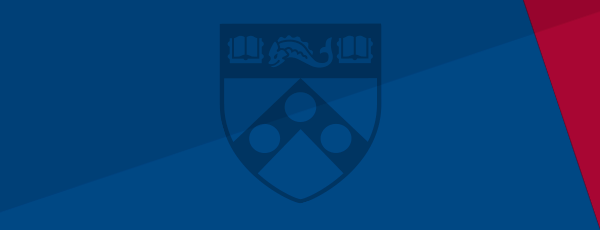Success as a leader requires more than business skills. You need to perform well in all domains of life – your work, your home, your community, and your private self. This is the foundation of Prof. Stew Friedman’s Total Leadership course, which he has taught in Wharton’s MBA Program for Executives for 15 years.
In the course, Friedman explains how to create sustainable change in all four domains using the Total Leadership method he developed. It’s based on following three core principles:
- Be real, act with authenticity by clarifying what’s important
- Be whole, act with integrity by respecting the whole person
- Be innovative, act with creativity by continually experimenting
Friedman surveyed more than 300 executive MBA students before and after they took the course to measure the effectiveness of his Total Leadership approach. According to their responses, their career satisfaction increased by 21 percent, their self-assessed work performance improved by 8 percent, and their happiness with family life increased even more.
An award-winning professor, Friedman was recently named one of the Favorite Professors of Executive MBAs by Poets and Quants. Friedman has also been recognized as winner of the distinguished achievement award in the field of talent by Thinkers 50, as one of HR Magazine’s HR Most Influential Thinkers, and as one of America’s 25 most influential men to have made things better for working parents by Working Mother.
We recently sat down with Friedman to learn more about his transformative Total Leadership elective, how he developed the method behind it, and what he enjoys most about teaching in the EMBA program.
What do you want EMBA students to take away from your Total Leadership elective?
Students learn how to perform well as leaders not by trading off one domain for another, but by finding mutual value among all four domains of work, home, community, and private self. It’s a lot of work, but also fun.
What I hear from alumni – five, 10, or even more years afterwards – is that it has lasting impact. Students conduct experiments in the lab of their real lives, coach each other, and write up what they learn about creating meaningful, sustainable change in their world.
The emphasis is on pursuing possibilities for harmony and integration, rather than assuming it’s all a zero-sum game. The course can transform your mindset and skillset for the way you approach the challenge of leading in the domains of your life.
How did you create this method?
I developed this method when, after years of field and survey research, I took a two-year leave from Wharton to serve as head of leadership development at Ford Motor Company. It was at Ford, where we were striving to innovate with new models for how to grow leadership capacity, that this program began. I returned to Wharton and began teaching it as a course.
I later wrote the book, Total Leadership: Be a Better Leader, Have a Richer Life, which includes examples from Wharton EMBA students. This approach to leadership is now used by individuals and companies worldwide, including as a primary intervention in a multi-year study funded by the National Institutes of Health on improving the careers and lives of women in medicine and by more than 135,000 students who took my MOOC (massive open online course) on Coursera.
You began teaching another elective in the EMBA program last year called Leading Effective Teams. What is that course about?
Students learn Richard Hackman’s widely renowned framework for understanding how to design and lead effective teams, and they use Roger Schwarz’s tools for how to have conversations that create an environment of mutual learning in any team. We look at what it means to be a high-performing team that grows as a social unit over time and enriches the lives of its members. We explore the conditions that make a team more likely to be effective.
Students do an in-depth analysis of a team of which they are currently a member and share their theory-driven, real-world insights with their classmates. And they practice new ways to intervene in the way people talk in teams, to get faster to the heart of the matter.
At the end of the course, students have a new lens through which to see teams and new tools for changing them to increase their chances of lasting success. A student last year said the course should be called “Why My Team Sucks… and What I Can Do About It.” I like that title!
What do you like about teaching EMBA students?
I’ve been teaching EMBA students every year since 2003 because I enjoy it so much. Wharton EMBA students are seasoned, mature, and have a humility in the classroom that makes them open and hungry for knowledge. The issues we talk about in class are present in their lives and it’s wonderful to see them immediately apply their new knowledge.
They also are conscious of why they are in this program and have a great appreciation for Wharton’s academic mission. They take the program seriously and do the preparation required to get the most out of the class for themselves and their classmates. That makes my job a ton of fun.
Every year, you teach EMBA students on both coasts. What motivates you to fly out to Wharton San Francisco?
I go for the students. I’m on a mission to bring what I know to this group of bright, ambitious, committed professionals who are looking to learn from the faculty and from each other. It also doesn’t hurt that the Wharton San Francisco campus is amazing. You sit in the dining room and have a beautiful view of the San Francisco Bay. And the classrooms are fantastic!
Posted: November 10, 2017



















